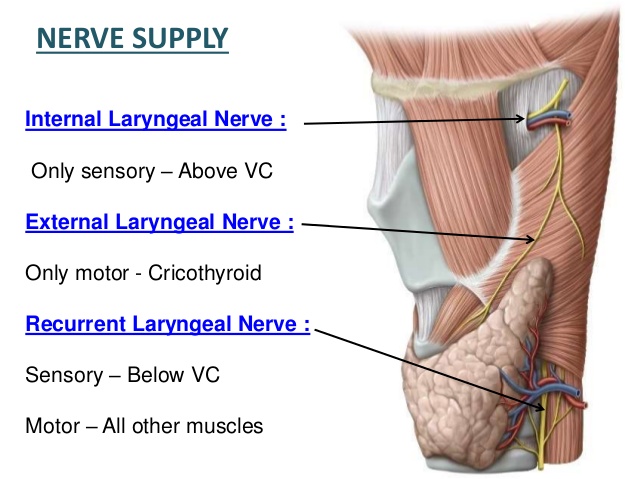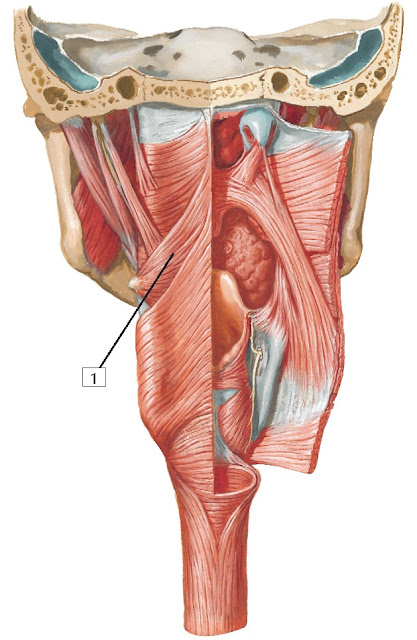

Sasaki CT (2000) Understanding the motor innervation of the human cricopharyngeus muscle (Review). Lang IM, Shaker R (1997) Anatomy and physiology of the upper esophageal sphincter. Romanes GJ (1981) Cunningham’s textbook of anatomy, 12th edn. Elsevier Churchill Livingstone, Edinburgh, pp 439–723ĭuBrul EL (1988) Sicher and DuBrul’s oral anatomy, 8th edn. In: Standring S, Ellis H, Healy JC, Johnson D, Williams A (eds) Gray’s anatomy, 39th edn. The stylopharyngeus descends between the second and third groups, and its penetration may cause the anomalous bundles between them.ĭrake RL, Vogl W, Mitchell AWM (2005) Gray’s anatomy for students. The innervations pattern suggests that the pharyngeal muscles comprise four groups: the first innervated by the glossopharyngeal nerve, the second and third by the pharyngeal plexus, and the fourth by the plexus and the laryngeal nerves. The inferior constrictor received additional innervations from the laryngeal nerves. The plexus supplied the superior constrictor and salpingo- and palatopharyngei from their dorsal surface and the middle and inferior constrictors from their ventral and dorsal surfaces. The pharyngeal plexus not only spread onto dorsolateral surface of the pharynx but also sent branches between the constrictors. The stylopharyngeus and the glossopharyngeal part of the superior constrictor were innervated by the glossopharyngeal nerve, which occasionally penetrated the stylopharyngeus. Anomalous bundles were frequently found between the superior and middle constrictors and the stylopharyngeus. The uppermost part of the superior constrictor arose from the soft palate, and sometimes contained the fibers attaching to the petrous part of the temporal bone. The pharyngeal muscles overlapped each other, and the pharyngeal constrictors sometimes linked to adjacent muscles. The muscles and nerves were dissected under a binocular microscope in 44 sides of 22 cadavers fixed with 8% formalin. This study examined the pharynx to elucidate their precise relationships for the anatomical evidence of the functional diagnosis. However, their spatial interrelationships with the innervating branches have been unclear. These orbital branches supply some periosteum, the orbitalis muscle (a vestigial smooth muscle covering the inferior orbital fissure which is of unknown significance in humans) and may contribute mucosal sensory fibers to the sphenoidal and ethmoidal sinuses.The pharyngeal muscles are innervated by the glossopharyngeal and vagus nerves. One to two tiny branches may leave the nerve to enter the orbit through the inferior orbital fissure. It emerges in the posterosuperior aspect of the nasal cavity where it supplies the mucosa of the superior nasopharynx.

It leaves the fossa posteroinferiorly through the palatovaginal canal with the pharyngeal branch of the maxillary artery. At the pterygopalatine ganglion receives parasympathetic fibers that supply pharyngeal mucosal glands which arrive at the ganglia via the greater petrosal nerve. The pharyngeal nerve divides off the maxillary division just after emerging from the foramen rotundum to enter the pterygopalatine fossa. The pharyngeal nerve is a small branch of the maxillary division of the trigeminal nerve and contributes to the pterygopalatine ganglion.


 0 kommentar(er)
0 kommentar(er)
